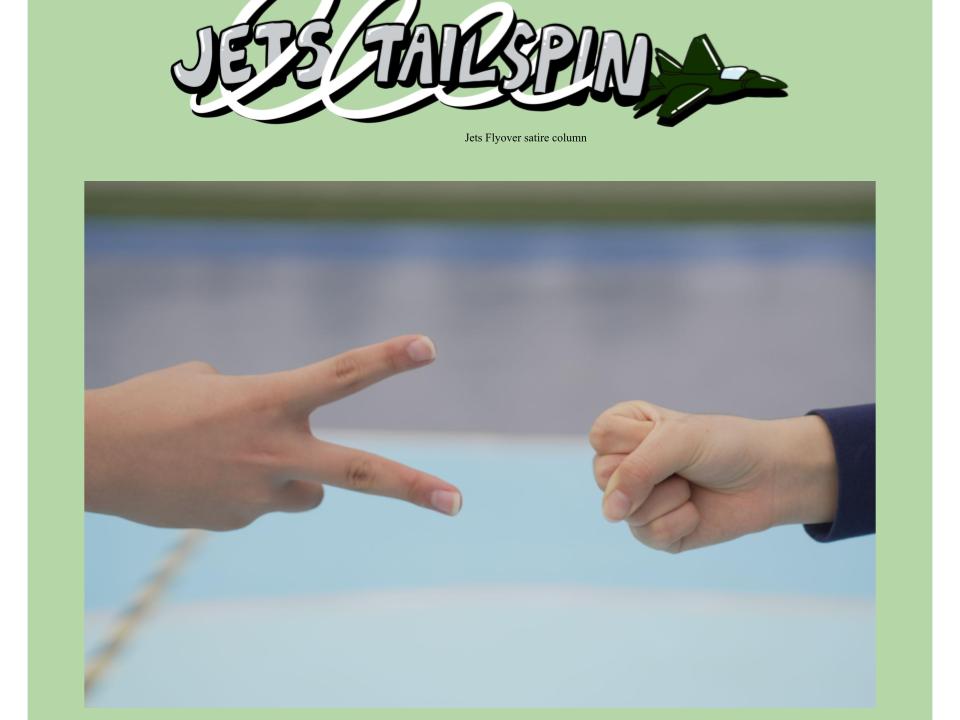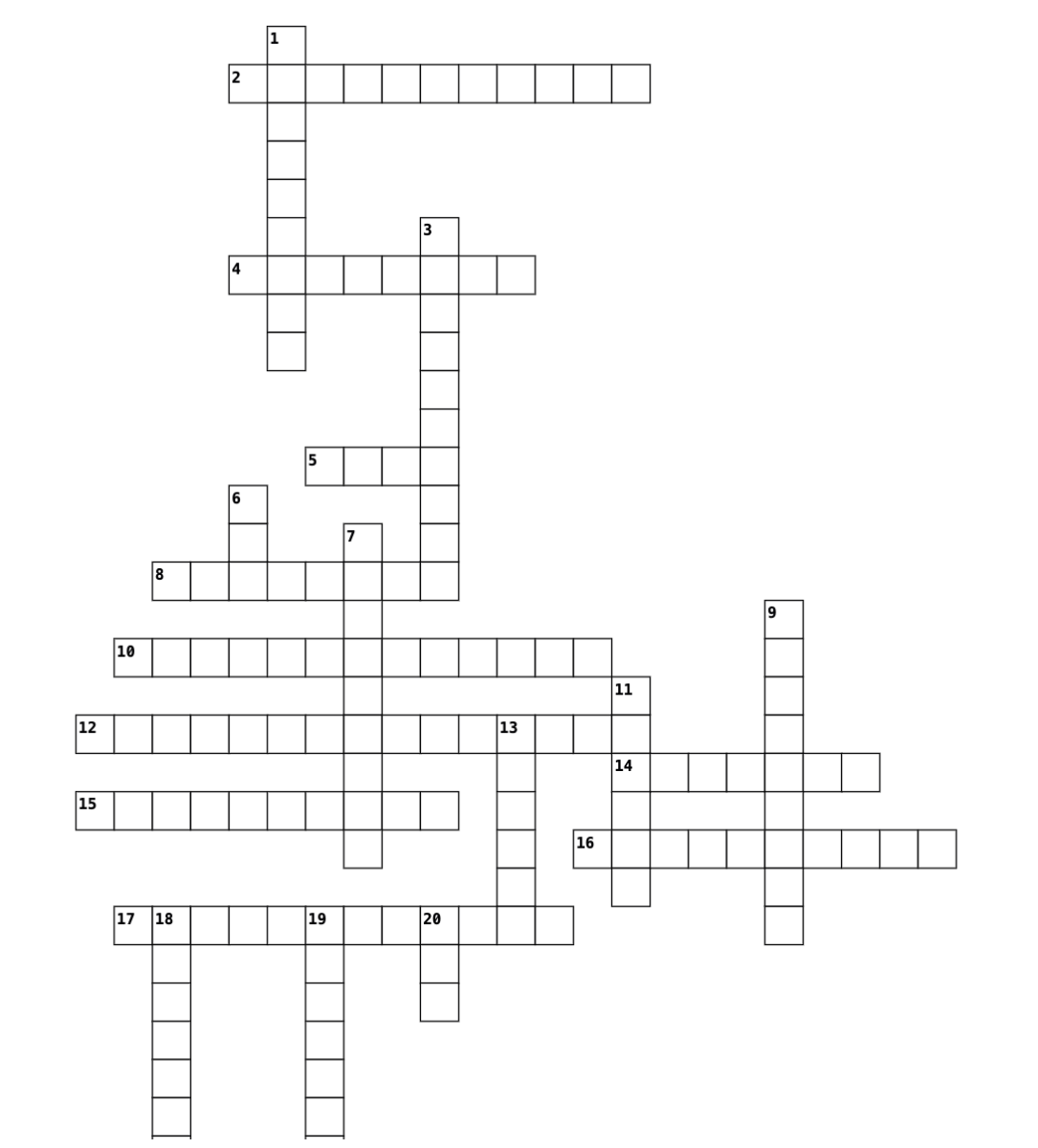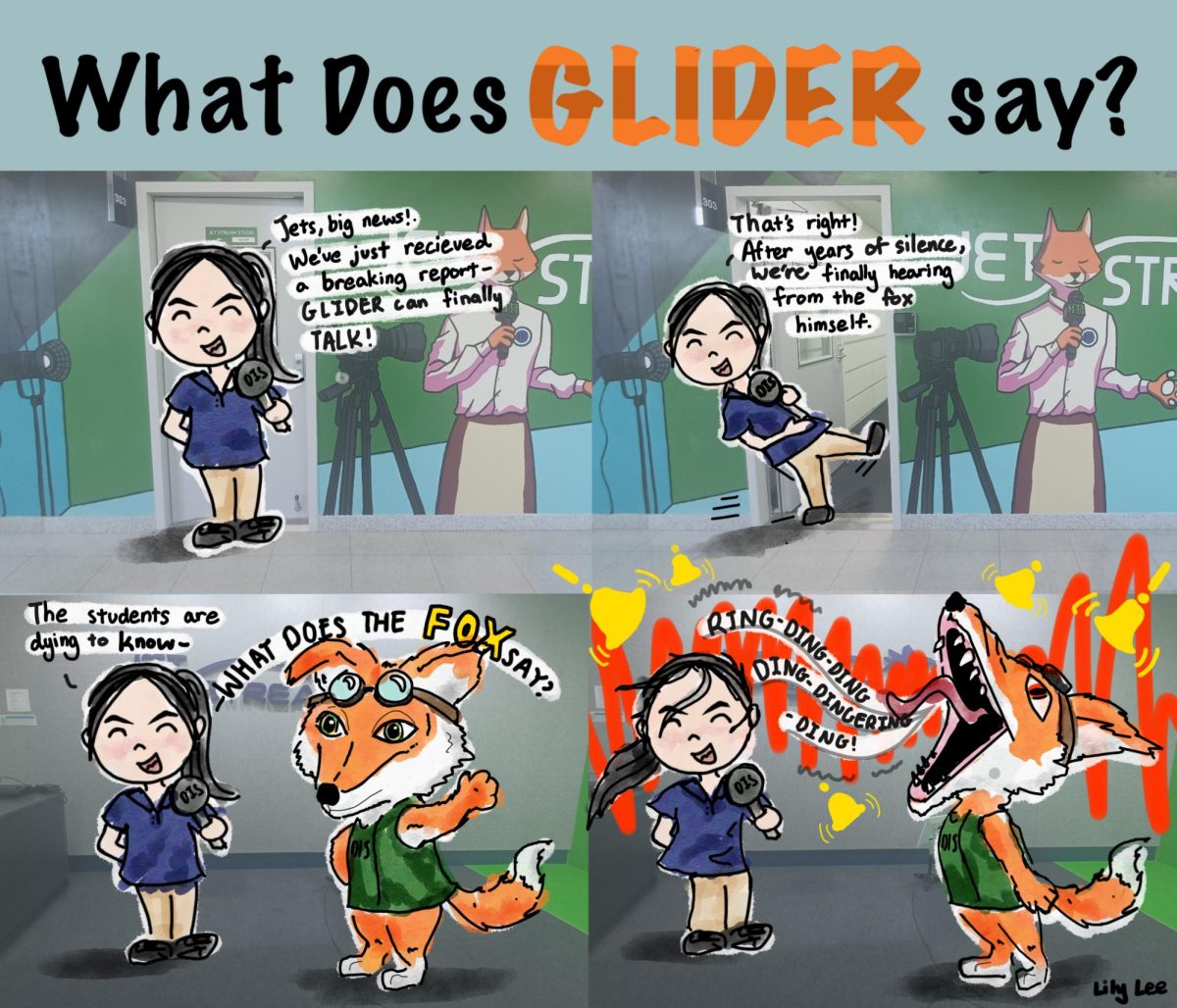Scroll through an endless loop of reels, scribble down the 1500-word English essay, listen to punk rock music—back and forth like ping-pong, people multitask.
Multitask, a compound of “multi” and “task,” denotes the division of attention among several tasks. Due to faulty intuition, humans naturally flit their attention between various tasks because they appear “efficient.”
However, our heuristics impose delusional myths that this work technique leads to optimal workflow. Our busy society forces people to divide their attention across various tasks. While only 2.5% of the population performs parallel processing efficiently, 81% of high school students continue to stubbornly dual-task.
Dr. White, DIS’s learning strategist, said, “Research shows that we [can’t] multitask; it’s not possible. What we basically do is switch tasks, and some people are just better than others. For some people, it’s effective, and for some, it’s not.”
Task switches excessively alert our brain and shrink our cingulate cortex—the part of the brain that controls emotions and thoughts. This may even lead to disorders, such as depression and anxiety. The symptoms could also permanently increase blood pressure and stress levels, with an increased risk of coronary heart disease. A study from Stanford University about how people control cognition reveals that people who chronically perform parallel processing go through an “enormous range of deficits” that hinder any cognitive tasks.

Social media poses a perilous threat to inattentive Gen Zs and Gen Alphas. In particular, short-form reels on platforms like TikTok and Instagram condition our brains with instant dopamine and hinder deep focus. White said, “Social media has a huge impact on students. It’s distracting, and you’re more likely to look at it than to do other things. I also believe, while I’m not sure, that social media makes you switch faster since the continuous loop of videos makes us increase how often we switch tasks.”.
People often utilize multitasking due to its efficiency with basic tasks. However, this habit gets out of hand once our minds dive into a new or complicated objective. In the long-term, it curtails our attention span – the average human can only focus for 75% of the time a person from the pre-Internet era could. Now, thanks to factors such as social media, or music streaming, goldfish can concentrate for longer than humans.
However, some still believe that a background tune boosts their effectiveness. Aiden Shin, a multitasker in sixth grade, said, “When I study, I usually listen to something, and it usually helps me focus. I think it’s useful when you use it the right way. I sometimes think it might be a distraction, but it helps me study more.” This statement holds true to some extent – those who perceived multitasking as efficient as its more focused counterpart often enjoyed boosted engagement and performance.
Nevertheless, one must not cross the line between productivity enhancers and distractions. “I think videos make me focus less than music or voice recordings while I work,” Shin said. Some media forms, such as reels or videos, may distract more than they boost concentration – the context of multitasking matters.
To combat the downsides of multitasking and regain our attention span, Dr. White recommends the “Pomodoro effect.” Set up a certain amount of time to focus on one duty, and take a short break after a period of full focus. Through the repetition of the method, the concentration span increases.
Despite all the downsides, humans still dual-task. While we may not be able to completely escape from the insidious effects of juggling through tasks, the right guide may indeed mitigate the problems.



















































Katniss • Aug 29, 2024 at 7:23 pm
relatable– … I multitask all the time!
Sola • Jun 7, 2024 at 7:33 am
Look! That’s me!
Aiden Shin • Jun 6, 2024 at 7:28 pm
I multitask:)